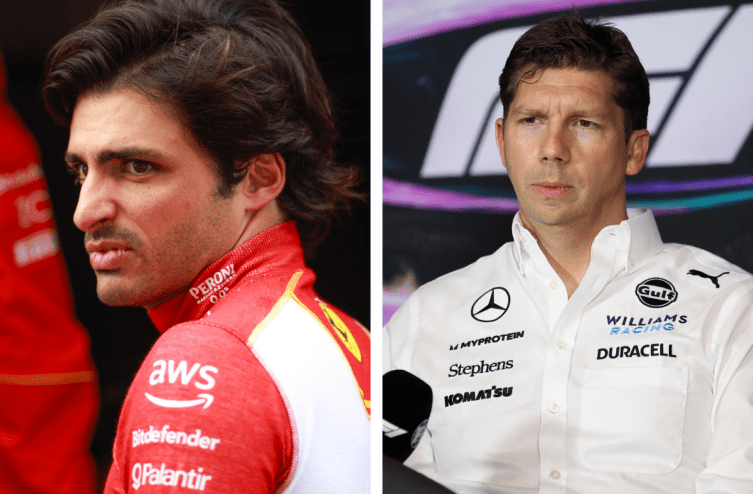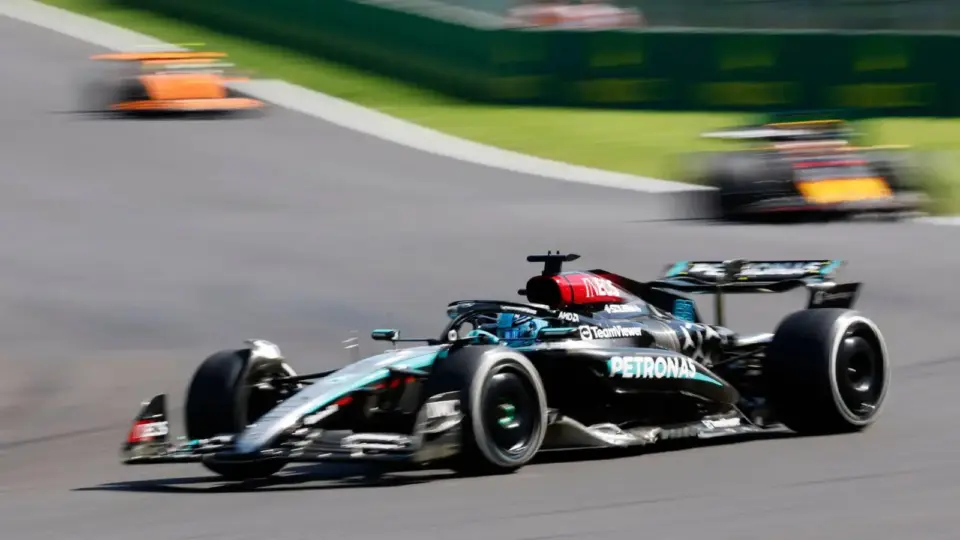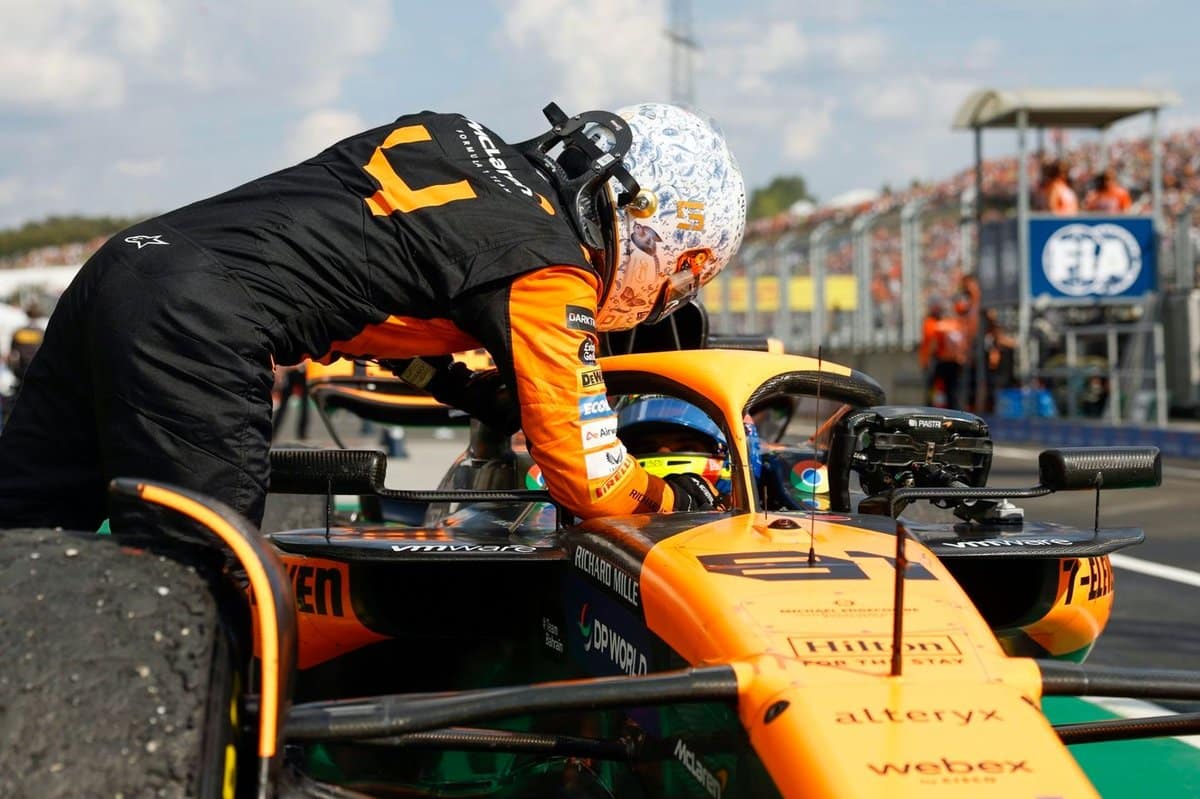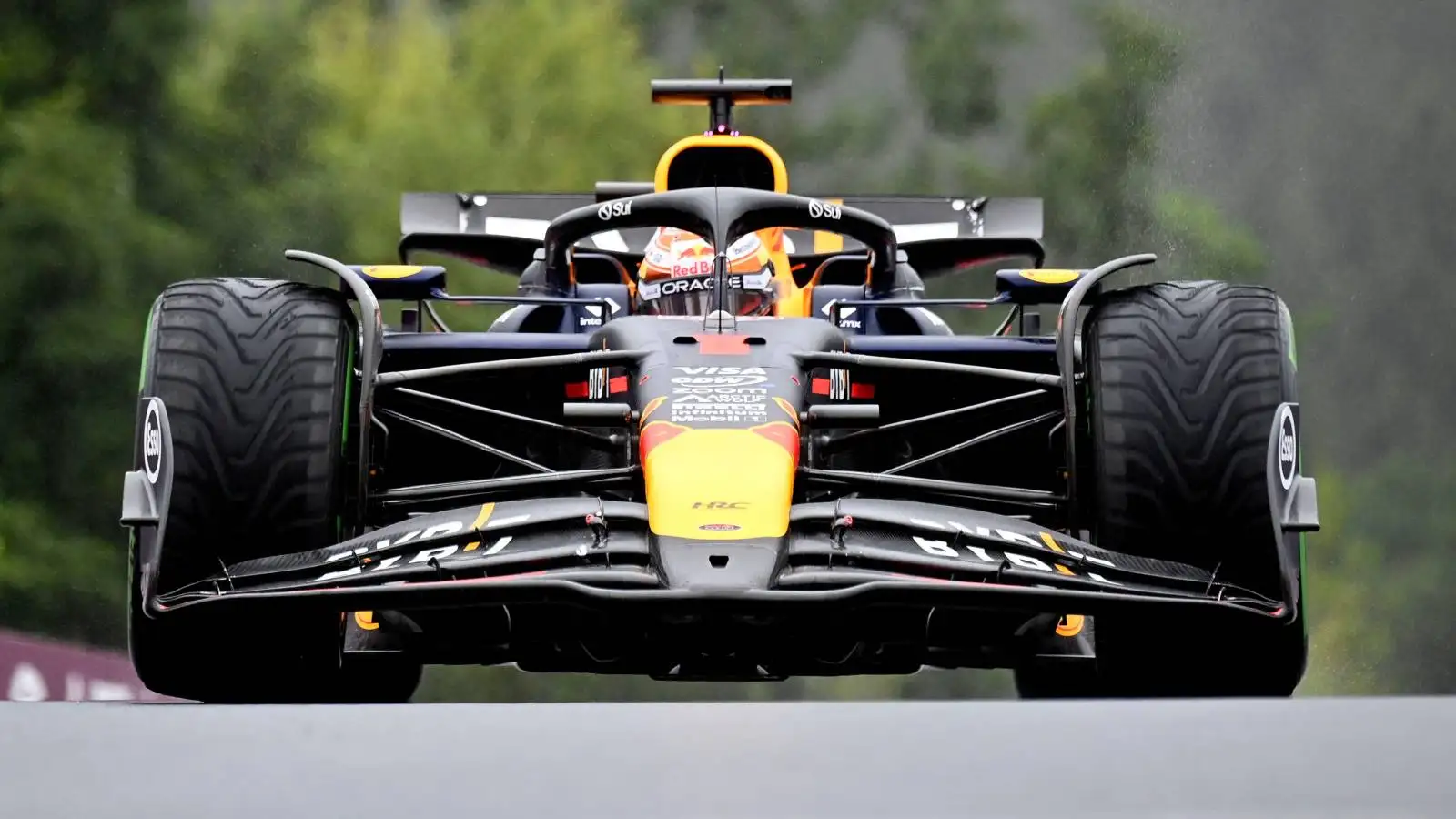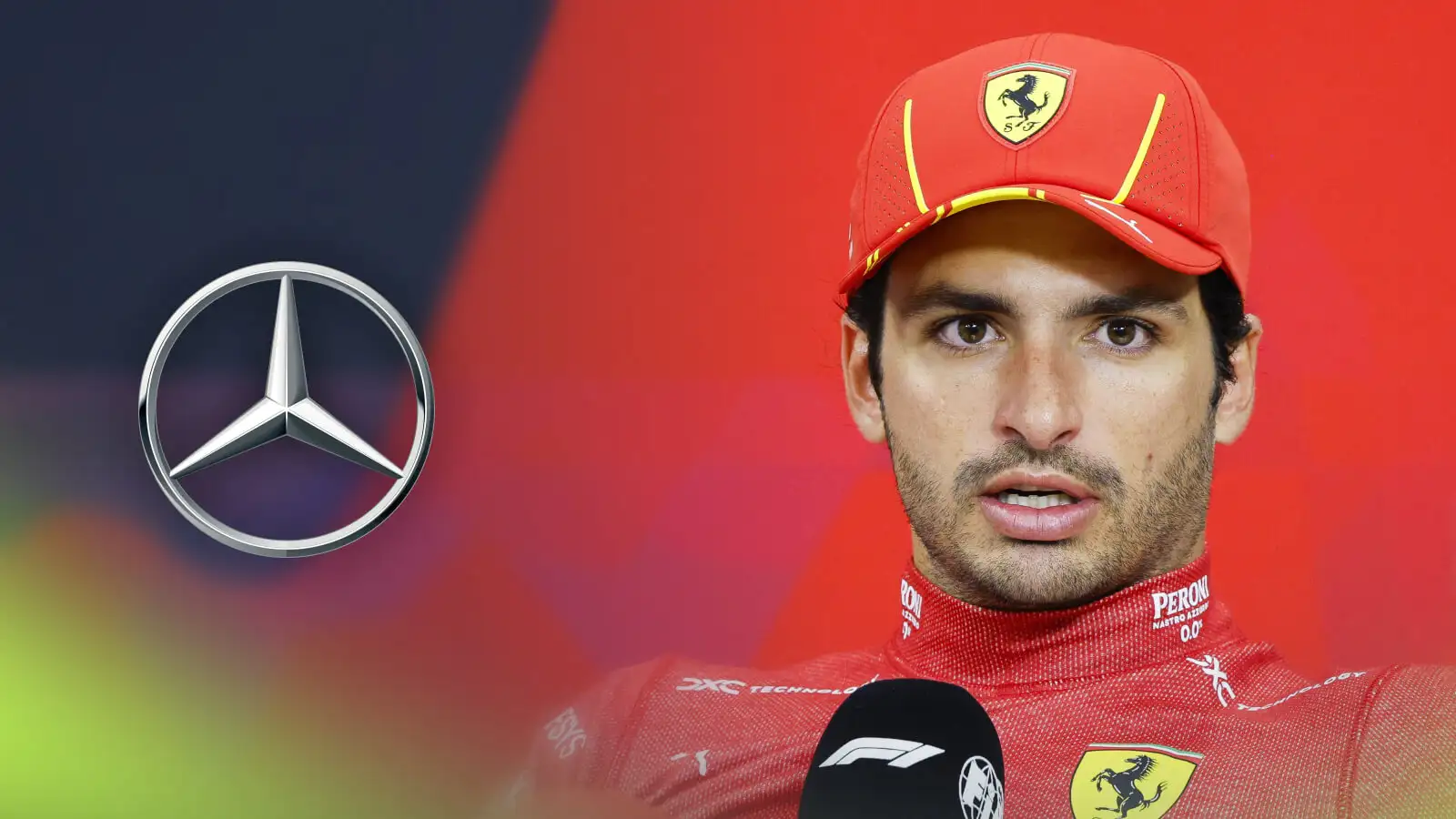In a surprising turn of events, George Russell was disqualified from the Belgian Grand Prix, handing the victory to Lewis Hamilton.
The drama unfolded when Russell’s Mercedes F1 car was found to be below the 798kg minimum weight requirement. Initially, the FIA weighed the car and found it at the limit. However, after draining 2.8 liters of fuel for a sample, it fell short by 1.5kg.
This discrepancy led to Russell’s disqualification from the results, giving Hamilton his second victory of the season. As a result, Oscar Piastri moved up to second place, while Charles Leclerc secured third, successfully holding off Max Verstappen and Lando Norris.
The FIA Stewards’ report confirmed the weight issue, stating that both the inside and outside scales showed Russell’s car weighed 796.5kg. The team admitted there were no mitigating circumstances and called it a ‘genuine error.’
The rule breach was in line with Article 4.1 of the FIA Formula 1 Technical Regulations, which mandates disqualification for underweight cars. Russell’s disqualification follows the precedent set by Article 35.3 of the regulations.
This incident impacts the championship standings significantly. Russell drops to eighth, while Hamilton now has 150 points, just 12 points behind Carlos Sainz in fifth.
In the aftermath, Mercedes had no choice but to accept the penalty. The team acknowledged the error, and the Stewards reminded competitors of their right to appeal certain decisions as per Article 15 of the FIA International Sporting Code.
This race will be remembered not just for the intense competition but for the dramatic twist that saw a disqualification reshuffle the podium and affect the championship standings.
Lewis Hamilton’s win, marred by the disqualification drama, adds another layer to an already thrilling Formula 1 season.

